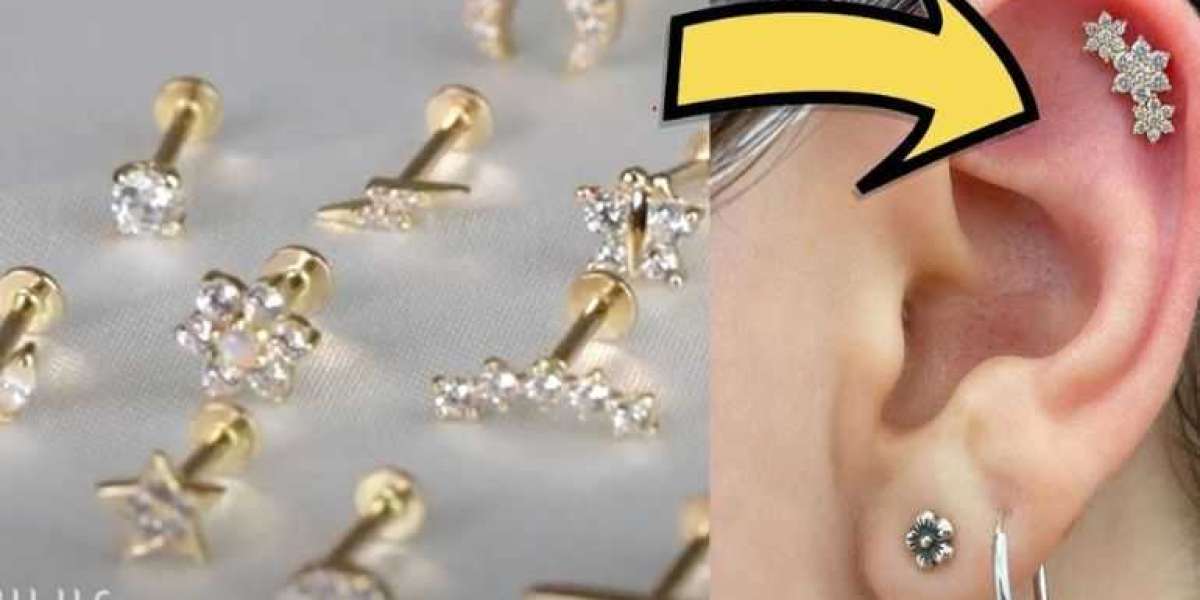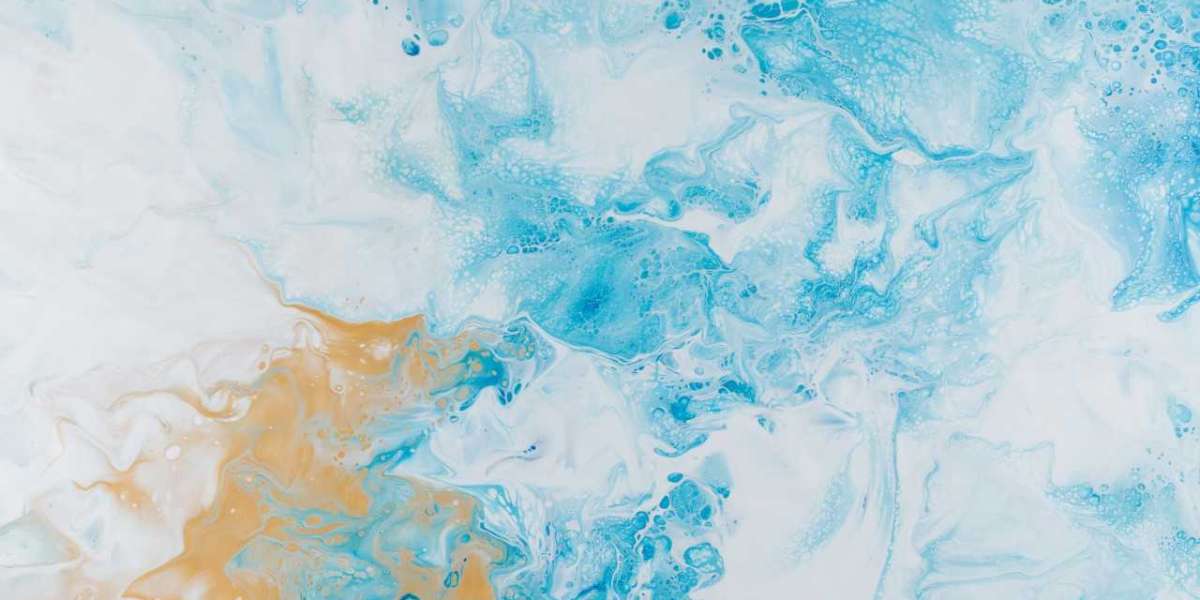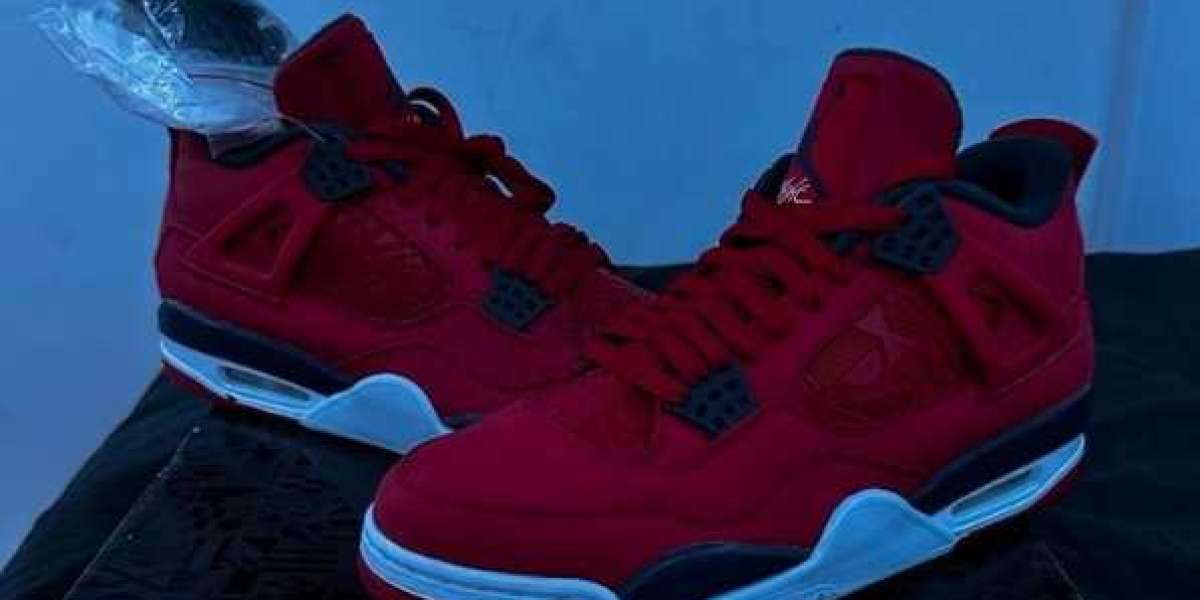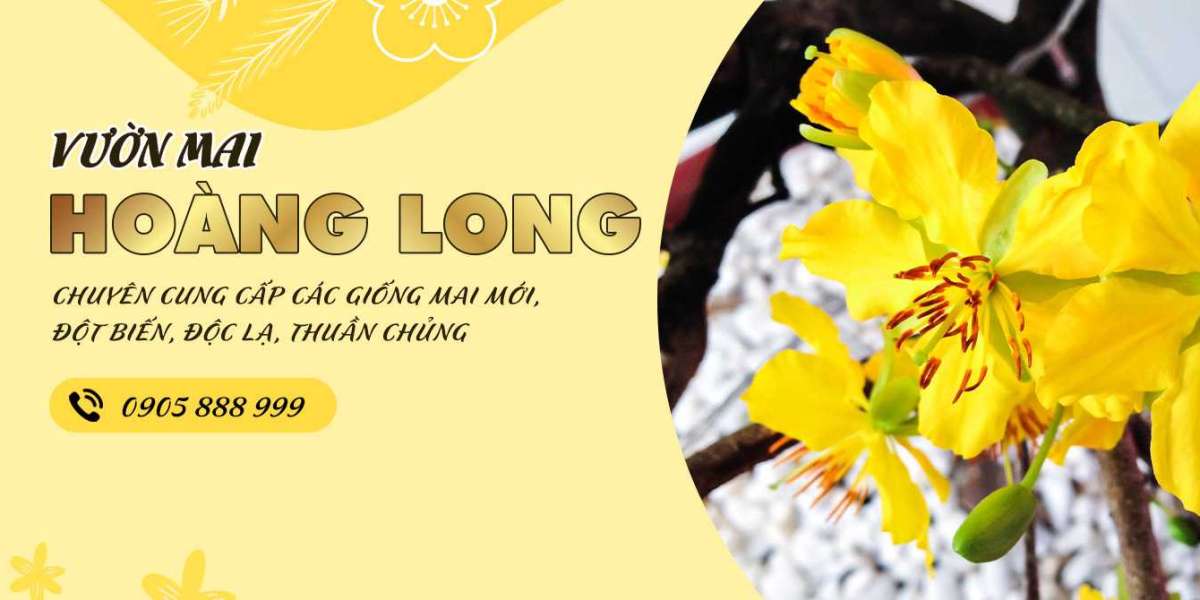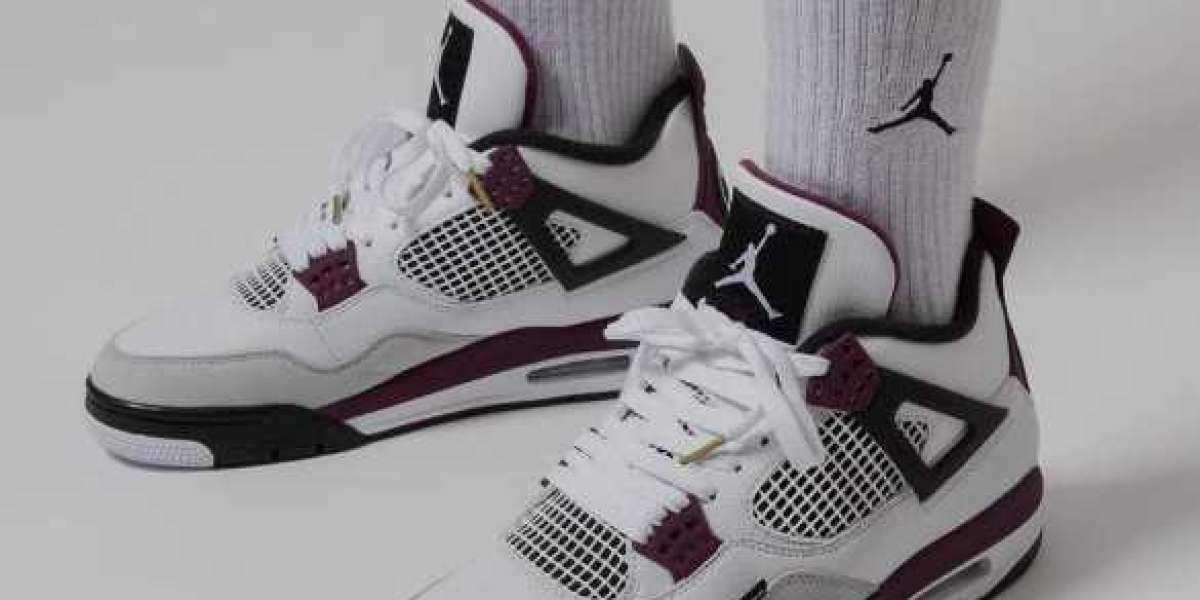Nostril studs, one of the most popular forms of body jewelry, have been embraced by various cultures for centuries and have become a staple in modern fashion. Whether you're considering getting your nostril pierced or simply curious about the trend, this article will cover everything you need to know about nostril studs, from their history and types to care tips and styling ideas.
A Brief History of Nostril Piercing
Nostril piercing has a rich history that spans various cultures and time periods. It is believed to have originated in India around 4,000 to 5,000 years ago. In Indian culture, nostril piercings are often associated with Ayurveda, where it is thought to ease childbirth and menstrual pain. The practice spread to the Middle East and Africa, where it has been a part of traditional ceremonies and cultural expressions.
In the 1960s and 70s, nostril piercings gained popularity in the Western world as part of the hippie and punk movements. Today, they are widely accepted and celebrated as a form of self-expression and fashion.
Types of Nostril Studs
Nostril studs come in various styles, materials, and sizes, allowing for a high degree of personalization. Here are some common types:
L-Shaped Studs: These studs have a straight post that bends at a 90-degree angle, resembling an "L" shape. They are easy to insert and remove, making them a popular choice for both new and healed piercings.
Screw Studs: Also known as corkscrew studs, these have a twisted post that screws into the piercing. They provide a secure fit and are less likely to fall out compared to L-shaped studs.
Straight Studs: These studs have a straight post with a small ball or decorative end that holds the jewelry in place. They are simple and elegant, ideal for a minimalistic look.
Bone Studs: Featuring a straight post with a slightly larger end on the inside, bone studs are easy to push through the piercing and stay securely in place.
Labret Studs: Originally designed for lip piercings, labret studs are also suitable for nostrils. They consist of a flat backplate and a decorative end, providing comfort and a sleek appearance.
Hoops and Rings: While not technically studs, hoops and rings are a popular alternative for nostril piercings. They can add a unique and stylish twist to your look.
Materials Used in Nostril Studs
Choosing the right material for your nostril stud is crucial for comfort and safety. Here are some common materials used:
Surgical Steel: Hypoallergenic and durable, surgical steel is a popular choice for body jewelry. It is resistant to corrosion and tarnishing, making it suitable for everyday wear.
Titanium: Known for its strength and lightweight properties, titanium is another hypoallergenic option. It is ideal for those with sensitive skin or allergies to certain metals.
Gold: Available in various karats, gold is a timeless and luxurious choice. Opt for 14k or 18k gold to ensure durability and minimize the risk of irritation.
Niobium: Similar to titanium, niobium is a hypoallergenic metal that is less commonly used but offers excellent biocompatibility.
Bioplast and BioFlex: These are flexible, biocompatible plastics that are ideal for those with metal sensitivities. They provide comfort and reduce the risk of irritation.
Care and Maintenance of Nostril Studs
Proper care is essential to ensure your nostril piercing heals well and remains infection-free. Here are some tips:
Cleaning: Clean your nostril piercing twice a day with a saline solution or a gentle antiseptic. Avoid using alcohol or hydrogen peroxide, as they can be too harsh.
Avoid Touching: Refrain from touching or twisting the stud unnecessarily, as this can introduce bacteria and cause irritation.
Be Gentle: When washing your face or applying makeup, be careful not to snag or bump your nostril stud.
Change Jewelry Carefully: Wait until your piercing is fully healed before changing jewelry. If you're unsure, consult with your piercer.
Styling Tips for Nostril Studs
Nostril studs offer endless possibilities for styling. Here are some ideas to inspire you:
Mix and Match: If you have multiple piercings, mix and match different types of studs and hoops for a unique look.
Go Bold: Choose studs with vibrant gemstones or intricate designs to make a statement.
Keep It Simple: For a classic and understated look, opt for small, plain studs in gold or surgical steel.
Coordinate with Other Jewelry: Match your nostril stud with other pieces of jewelry, such as earrings or necklaces, to create a cohesive look.
Conclusion
Nostril studs are a versatile and fashionable way to express your individuality. With various styles, materials, and customization options, there's a nostril stud for everyone. By choosing the right jewelry, caring for your piercing properly, and experimenting with different looks, you can enjoy your nostril stud and make it a distinctive part of your personal style.
